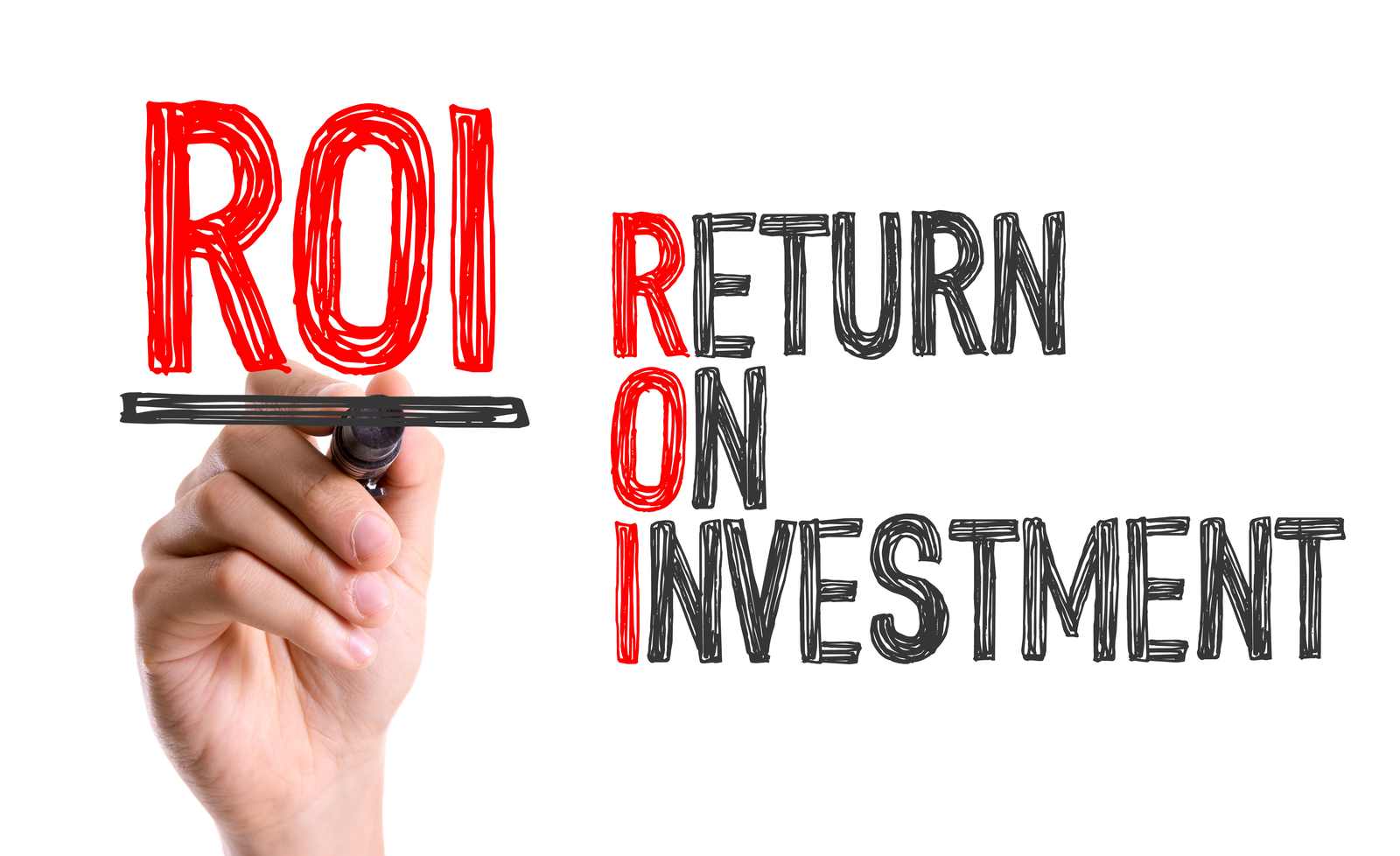According to researchers from ABI Research, in today’s Industry 4.0 environment, companies must think out of the box when investing in technologies like Additive Manufacturing, and ROI is no longer the only tool that can measure the impact of AM in a company’s business.

The research centre therefore unveils the Additive Manufacturing Total Lifetime Value Calculator (TLVC). This solution will compare the potential costs and savings of implementing an Additive Manufacturing (AM) platform at various levels of scale or for potential projects. Precision is to be made that they will continue to see any savings that will continue to recur after use/production ends.
“Total lifetime value reflects the overall impact of a potential investment decision—the cost of acquiring a market position and its longer-term upside. Additive Manufacturing, much like generative design, AI, 5G, robotics, and IIoT platforms, is one such area where we need to think more in terms of lifetime value than ROI. Companies cannot make AM platform investment decisions in isolation,” says Ryan Martin, Principal Analyst of the Industrial Solution at ABI Research.
More than 40 inputs are taken into account before an investment into an AM strategy
The outputs provide the total implementation costs over the selected period, total material savings, total engineer time savings, supply chain and maintenance-related savings, payback period, production capacity, cost-per-part, and production comparison by metal AM technology process. The final output is the total lifetime value, which shows the sum of all the savings minus all the costs from implementing AM for various potential deployment strategies.
“Clearly, one of the biggest costs to consider is a cost that can’t truly be accounted for until it starts to unfold: opportunity cost. AM allows companies to develop new products and, with a systems approach, pioneer new markets. Most companies get started small—as they should—but quickly see the benefit and want to scale. The difference today is that technologies like binder jetting, when combined with generative design software and part nesting, make metal AM a true production-level candidate in the manufacturing arena. It doesn’t matter if you are an automaker, aerospace provider, MIM supplier, or otherwise—now is the time to evaluate the potential impact of these decisions, before they are made. This is why ABI Research developed its Additive Manufacturing Total Lifetime Value Calculator,” Martin concludes.
You can now post free of charge job opportunities in the AM Industry on 3D ADEPT Media.
For further information about 3D Printing, follow us on our social networks and subscribe to our newsletter!
Would you like to be featured in the next issue of our digital magazine? Send us an email at contact@3dadept.com
https://pagead2.googlesyndication.com/pagead/js/adsbygoogle.js
(adsbygoogle = window.adsbygoogle || []).push({});

